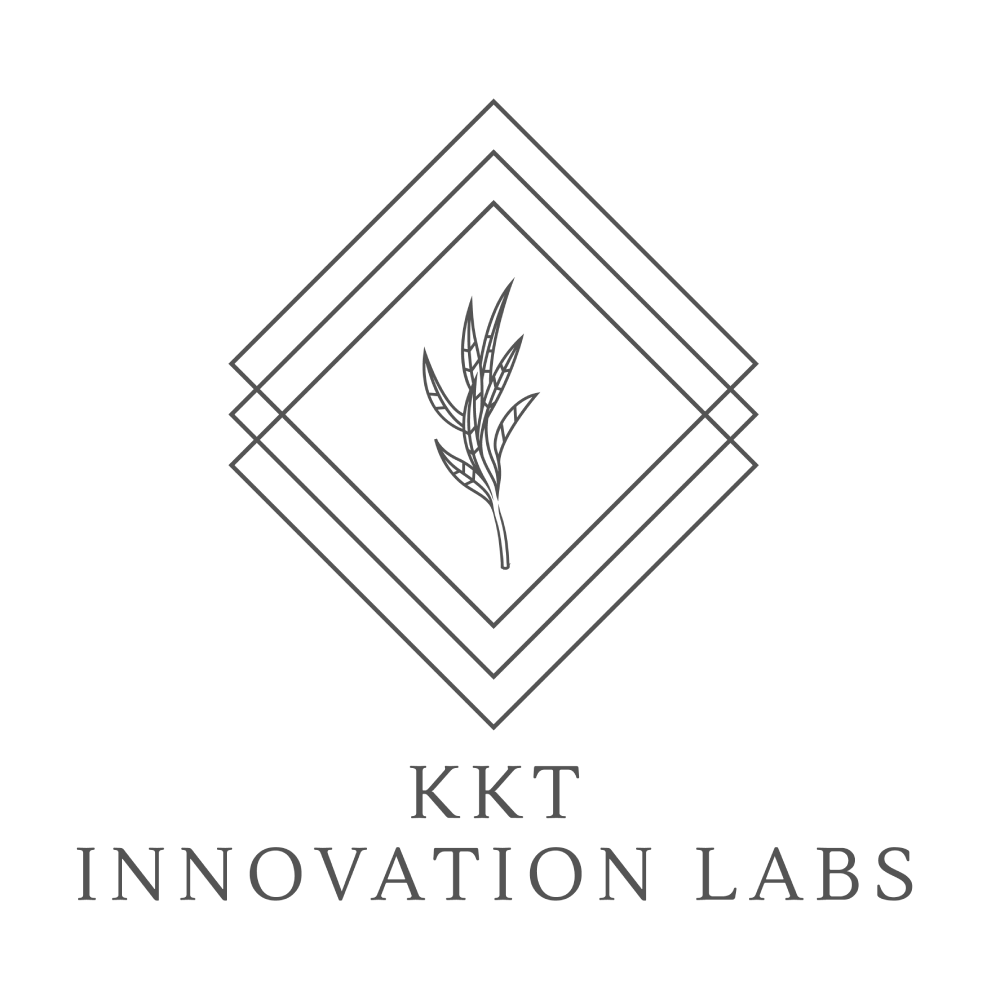From Lab to Vanity: The Journey of a Clean Beauty Product
The journey of a clean beauty product from lab to vanity is a meticulous process. It involves multiple stages, each crucial for ensuring the product is safe, effective, and true to clean beauty standards.
1. Formulation and Ingredient Selection
It all begins in the lab, where cosmetic chemists like those at KKT Innovation Labs carefully select ingredients. We prioritize natural, non-toxic ingredients that are safe for both the skin and the environment. Each ingredient is scrutinized for its efficacy and safety, ensuring it aligns with clean beauty standards.
2. Development and Testing
Once the formula is crafted, it undergoes rigorous testing. Stability tests ensure the product maintains its integrity over time. Safety tests check for any potential adverse reactions. These tests are vital for ensuring the product is safe for consumer use.
3. Clean Beauty Packaging and Sustainability
Clean beauty extends beyond the product itself. Sustainable packaging is an essential aspect of our process. We work with our brand partners to choose eco-friendly materials that minimize environmental impact. Packaging is designed to be functional yet aesthetically pleasing, aligning with consumer expectations.
4. Marketing and Consumer Education
Educating consumers about the benefits and features of the product is key. Transparent communication about ingredient sourcing, manufacturing processes, and sustainability practices helps build trust. Social media and influencer partnerships play a significant role in this stage, as they help reach a broader audience.
5. From Shelf to Vanity
Finally, the product reaches the market. Whether through online platforms or brick-and-mortar stores, the product must stand out in a crowded market. Attractive packaging, compelling marketing, and positive reviews help ensure it becomes a staple on consumers’ vanities.
Ready to develop your own clean beauty product?
Schedule a consultation with KKT Innovation Labs and let our team guide you through the process from lab to vanity.


